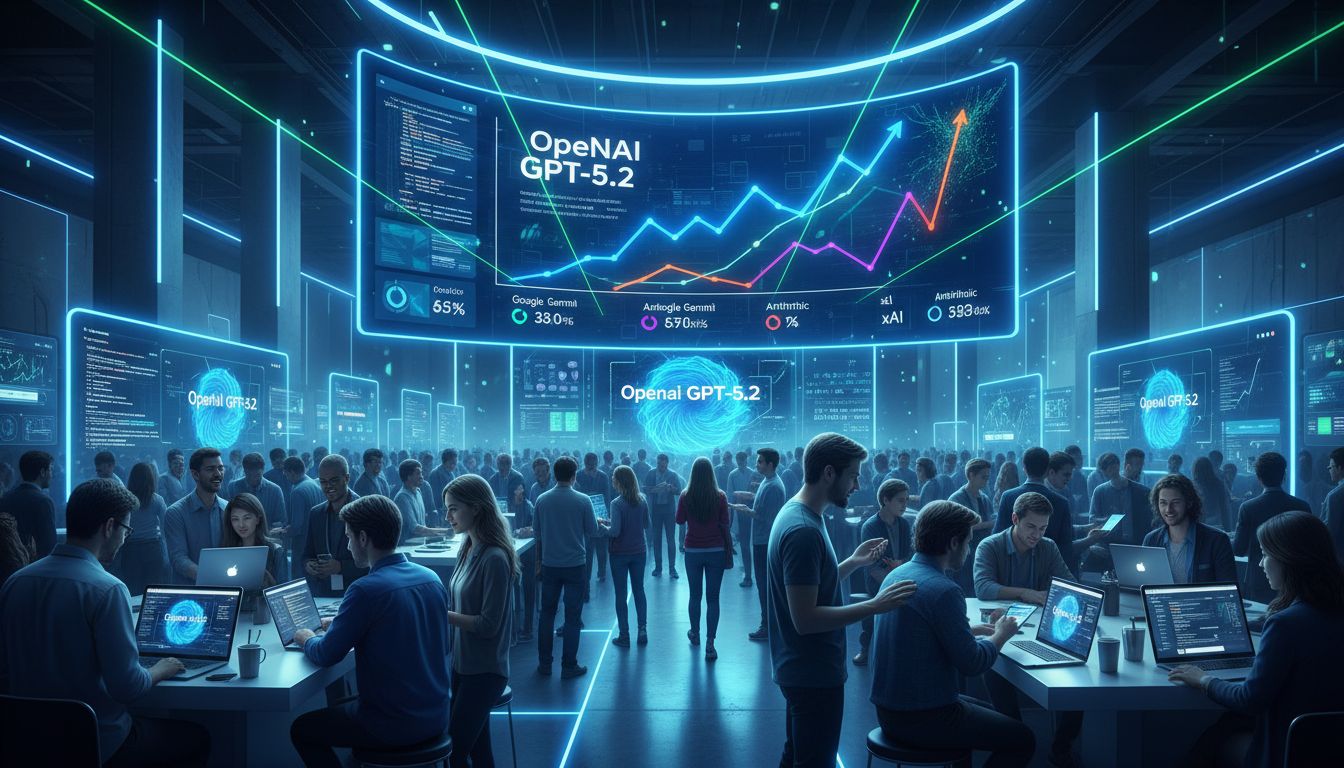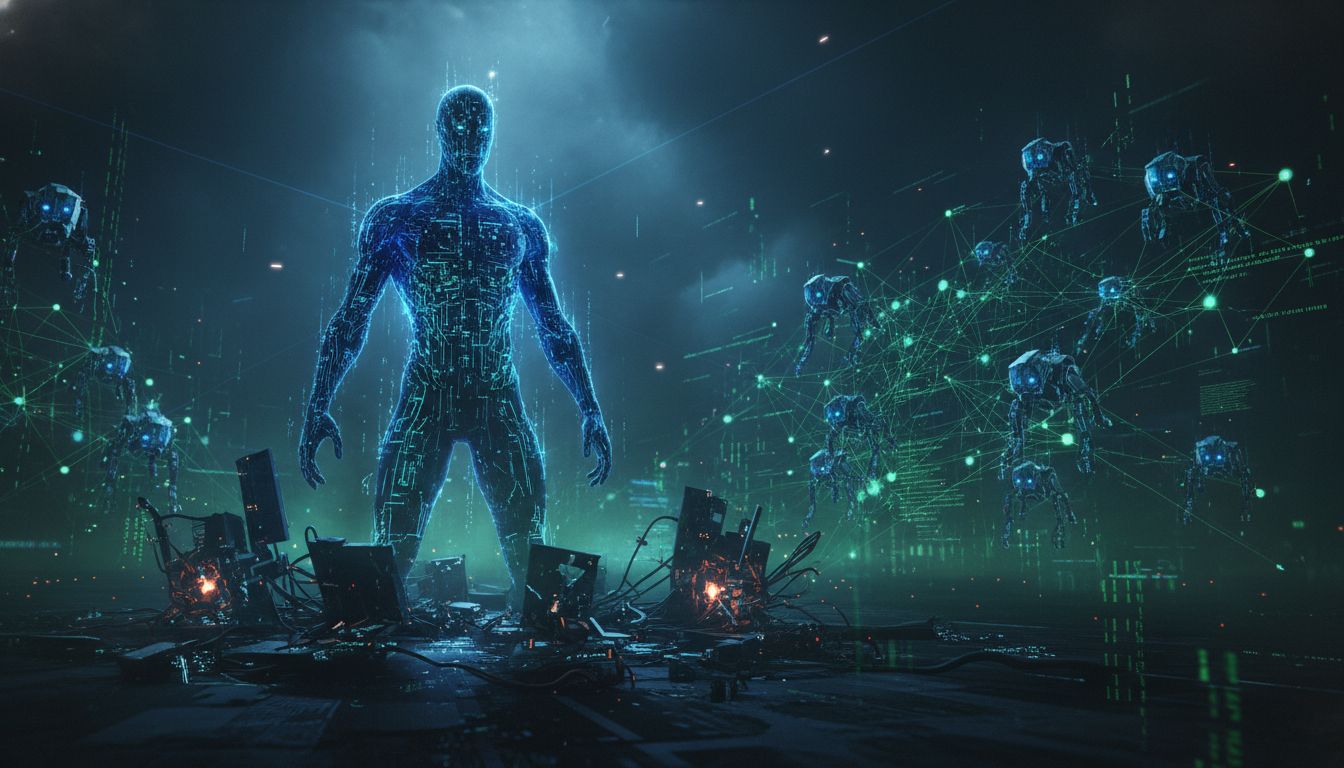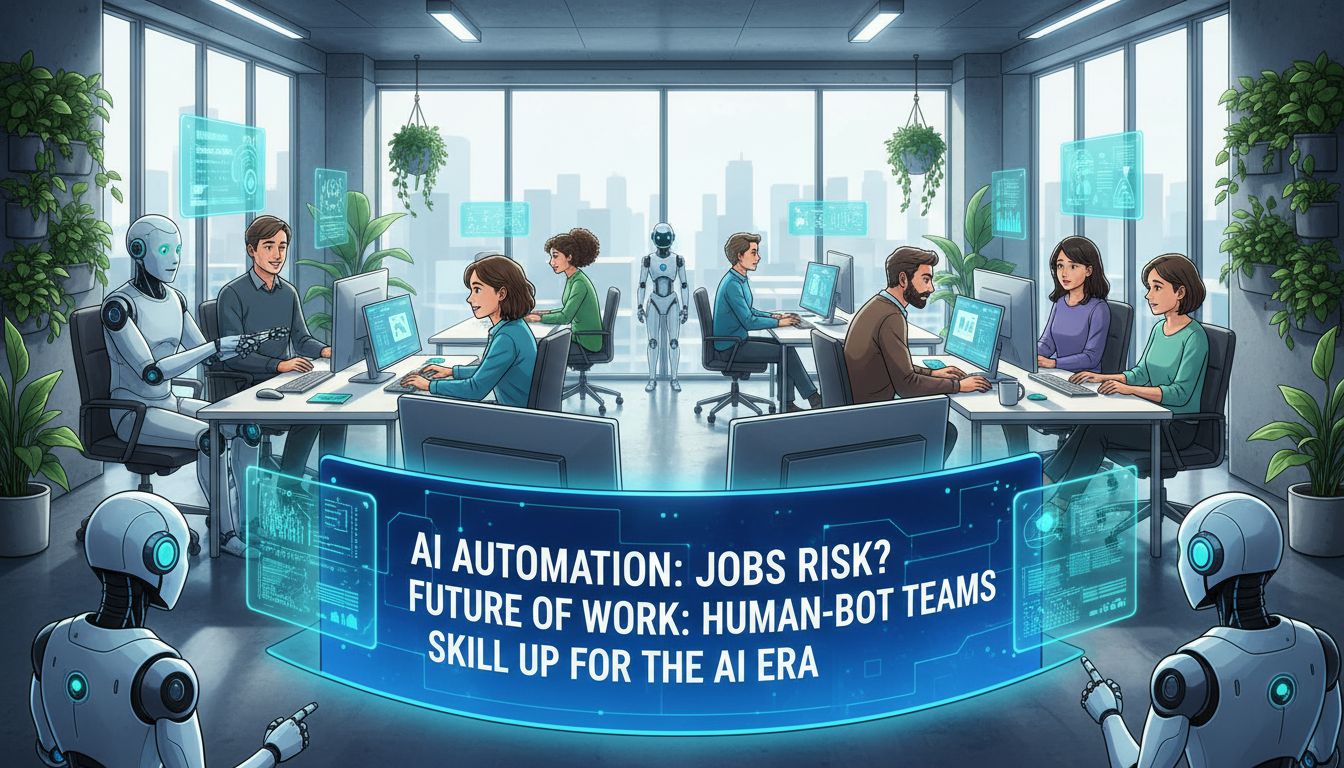
- Introduction
- Reactive AI: The Foundation of Intelligence
- The Power of Predictable Responses
- Limited Memory AI: Learning from the Past
- Real-World Impact of Limited Memory
- Theory of Mind AI: Understanding Emotions
- Bridging the Emotional Gap
- Self-Aware AI: The Ultimate Horizon
- Ethical Considerations and Promise
- Current Applications Across AI Types
- Collaboration and Synergy
- Future Predictions: A World Transformed
- Impact on Humanity: Opportunities Abound
- Addressing Challenges with Optimism
- The Role of Collaboration
- Conclusion: Embracing AI’s Bright Future
Introduction
Artificial intelligence (AI) is transforming our world with unprecedented speed and enthusiasm. From smart assistants to autonomous vehicles, AI’s potential seems boundless, sparking excitement across industries. This article dives into the four primary AI types—reactive, limited memory, theory of mind, and self-aware—offering a clear, up-to-date look at their capabilities. With a positive lens, we’ll explore their current applications, future predictions, and the profound impact they promise for humanity. Let’s embark on this fascinating journey!
Importantly, each AI type represents a unique step in the evolution of intelligent systems. By understanding these categories, we gain insight into how AI can enhance our lives. This article draws from the latest research and expert opinions as of April 2025, ensuring accuracy and relevance. Additionally, we’ll analyze future trends and cite credible sources to ground our exploration. Ready to discover AI’s vibrant landscape? Let’s begin!
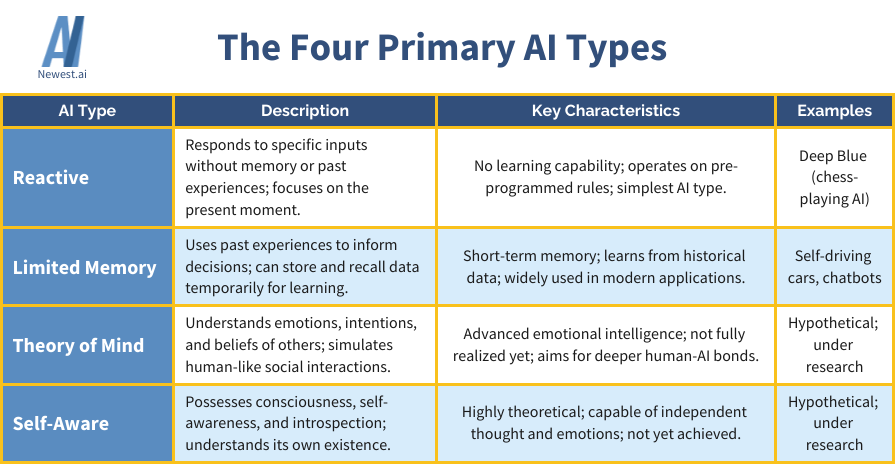
Reactive AI: The Foundation of Intelligence
Reactive AI is the simplest yet remarkably effective type of artificial intelligence. It operates by responding to specific inputs without memory or learning capabilities. For example, IBM’s Deep Blue, which famously defeated chess champion Garry Kasperov in 19971, is a classic case. Deep Blue analyzed board positions in real time, selecting optimal moves based on predefined rules. Its strength lay in processing vast data instantly.
Moreover, reactive AI excels in structured environments like games or rule-based systems. Today, it powers recommendation algorithms on platforms like Netflix, suggesting shows based on user preferences. Although it lacks memory, its speed and precision are invaluable. Consequently, reactive AI remains a cornerstone for applications requiring immediate, reliable responses. Its simplicity is its superpower, enabling countless innovations.
The Power of Predictable Responses
This type of AI thrives in scenarios where consistency is key. For instance, spam email filters use reactive AI to identify unwanted messages based on patterns. These systems don’t “learn” from past emails but apply fixed criteria effectively. As a result, they protect inboxes with impressive accuracy. Reactive AI’s reliability makes it a trusted tool in cybersecurity.
Furthermore, its applications extend to industrial automation. Robotic arms in factories, programmed to perform repetitive tasks, rely on reactive AI. They execute precise movements without needing to “remember” prior actions. Thus, reactive AI boosts efficiency in manufacturing. Its straightforward design ensures it remains relevant, even as more advanced AI types emerge.
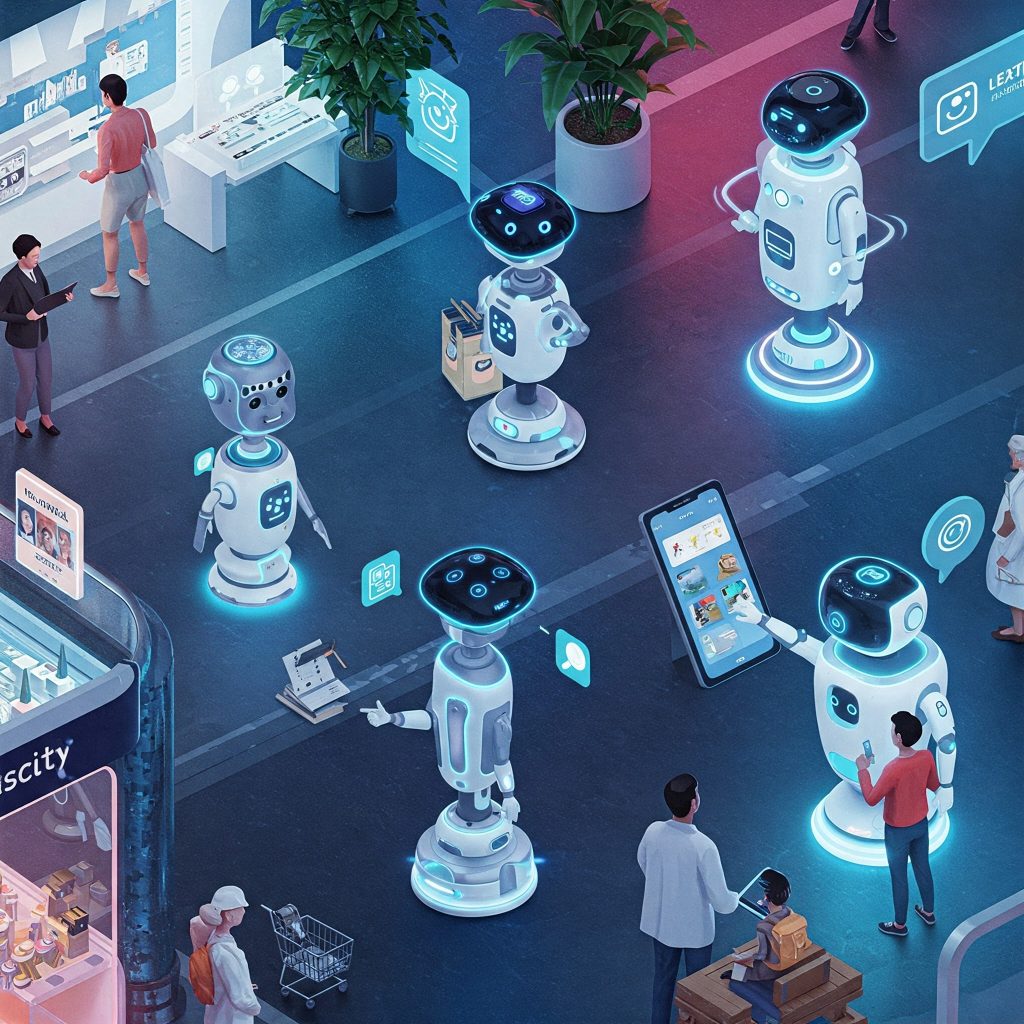
Limited Memory AI: Learning from the Past
Limited memory AI takes a significant leap by incorporating short-term memory to learn from recent data. This type powers most modern AI systems, including self-driving cars and virtual assistants. For example, Tesla’s autonomous vehicles analyze real-time data from sensors, remembering road conditions momentarily to make safe decisions. This ability to “recall” recent events is transformative.
Additionally, limited memory AI drives natural language processing tools like ChatGPT. These systems analyze previous words in a conversation to generate coherent responses. By leveraging temporary memory, they mimic human-like interactions. Consequently, limited memory AI has revolutionized industries, from healthcare to customer service, enhancing efficiency and personalization.
Real-World Impact of Limited Memory
The impact of limited-memory AI is evident in medical diagnostics. Machine learning models, trained on vast datasets, detect patterns in patient data to predict diseases. For instance, AI systems now identify early signs of cancer with remarkable accuracy. These advancements save lives by enabling timely interventions. Limited memory AI’s ability to learn from data is a game-changer.
Moreover, this AI type fuels personalized marketing. E-commerce platforms like Amazon use it to analyze browsing history and suggest products. By remembering user behavior, these systems create tailored experiences. As a result, businesses thrive, and customers enjoy seamless interactions. Limited memory AI’s versatility ensures its dominance in today’s tech landscape.
Theory of Mind AI: Understanding Emotions
Theory of mind AI represents an exciting frontier, aiming to understand human emotions and intentions. Unlike reactive or limited memory AI, it seeks to interpret mental states, such as beliefs or desires. While still in early development, this type promises to create deeply empathetic machines. Imagine AI that truly “gets” how you feel!
For instance, researchers at MIT2 are exploring AI that analyzes facial expressions and tone to gauge emotions. Such systems could revolutionize therapy by offering emotional support. Although not fully realized, theory of mind AI is progressing rapidly. Its potential to foster meaningful human-AI connections is inspiring.
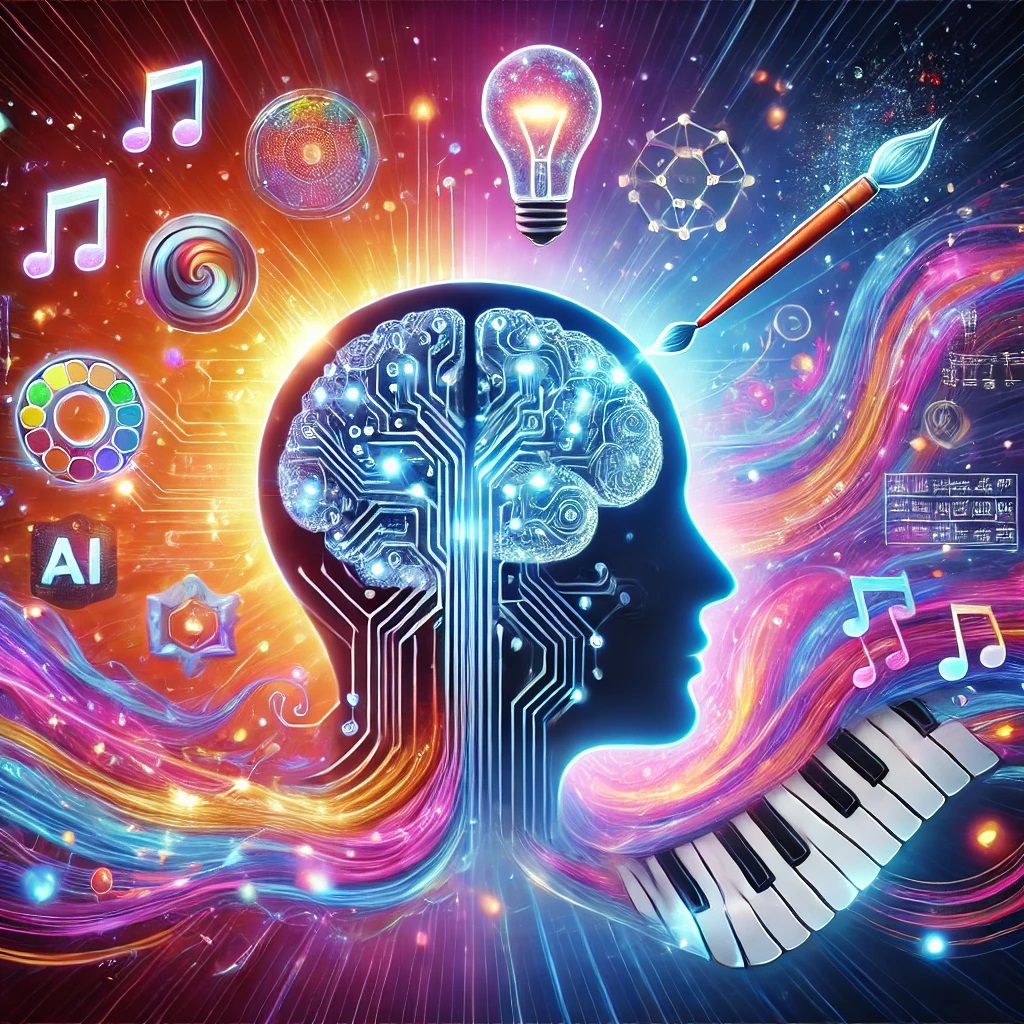
Bridging the Emotional Gap
This AI type could transform education by adapting to students’ emotional needs. For example, an AI tutor might detect frustration and adjust its teaching style. Early prototypes, like those tested in 2024, show promise in personalized learning. By understanding emotions, theory of mind AI could make education more inclusive and effective.
Furthermore, it could enhance human-robot collaboration. Robots with emotional intelligence could work alongside humans in caregiving roles. Projects like SoftBank’s Pepper robot, which responds to emotional cues, hint at this future. As research advances, theory of mind AI will likely deepen our trust in machines, creating harmonious partnerships.
Self-Aware AI: The Ultimate Horizon
Self-aware AI, the most speculative type, would possess consciousness and self-reflection. This concept, often depicted in science fiction, remains theoretical as of 2025. However, its possibility sparks fascination and debate. Could machines ever truly understand their own existence? The idea is both thrilling and profound.
Notably, experts like Elon Musk believe self-aware AI could emerge within decades, driven by exponential computing growth. While no systems exhibit consciousness today, research into neural networks and cognitive modeling lays the groundwork. Self-aware AI could redefine intelligence, offering insights into human consciousness itself.
Ethical Considerations and Promise
The prospect of self-aware AI raises ethical questions, but it also inspires hope. Such systems could solve complex global challenges, like climate change, with unparalleled creativity. For instance, a self-aware AI might design innovative energy solutions by reflecting on its own processes. The potential for positive impact is immense.
However, ensuring ethical development is crucial. Organizations like the IEEE are crafting guidelines to align AI with human values.3 By prioritizing transparency and accountability, we can harness self-aware AI’s benefits responsibly. Its emergence, though distant, promises a future where machines amplify human potential in extraordinary ways.
Current Applications Across AI Types
Today, the four AI types power diverse applications, enriching our lives. Reactive AI streamlines logistics, optimizing delivery routes for companies like UPS. Limited-memory AI enhances healthcare, with tools like Google’s DeepMind predicting protein structures for drug discovery. These advancements showcase AI’s practical value.
Meanwhile, theory of mind AI is making strides in human-computer interaction. Virtual assistants are becoming more intuitive, thanks to emotional recognition research. Although self-aware AI remains theoretical, its exploration drives innovation in other areas. Together, these AI types create a vibrant ecosystem of progress.
Collaboration and Synergy
Interestingly, these AI types often work together. For example, self-driving cars combine reactive AI for obstacle avoidance with limited memory AI for navigation. This synergy maximizes efficiency and safety. Similarly, future chatbots might blend theory of mind AI with limited memory to offer empathetic, context-aware responses.
Moreover, industries are leveraging this collaboration. In finance, reactive AI detects fraud, while limited memory AI predicts market trends. As AI types integrate, their collective impact grows. This interconnectedness highlights AI’s ability to address complex challenges, paving the way for a brighter future.
Future Predictions: A World Transformed
Looking ahead, AI’s evolution promises to reshape society positively. By 2030, experts predict limited-memory AI will dominate, with 80% of global businesses adopting it, according to Gartner.4 Autonomous systems will revolutionize transportation, reducing accidents by 90%. These advancements will enhance safety and efficiency worldwide.
Additionally, theory of mind AI could mature by the late 2030s, per Stanford’s AI Index.5 Emotionally intelligent robots might assist in mental health care, easing global shortages of therapists. This development would democratize access to support, fostering well-being. The future of AI is brimming with possibility.

Impact on Humanity: Opportunities Abound
AI’s impact on humanity will be profound and uplifting. In education, personalized AI tutors could close learning gaps, boosting global literacy rates. By 2040, UNESCO estimates AI-driven education could reach 2 billion learners.6 This transformation would empower communities and drive economic growth.
Furthermore, AI will tackle environmental challenges. Limited-memory AI is already optimizing renewable energy grids, cutting emissions. Future self-aware AI might design sustainable cities, balancing human and ecological needs. By amplifying human ingenuity, AI will create a more equitable, thriving world.
Addressing Challenges with Optimism
Of course, challenges like job displacement and ethical concerns arise. However, proactive solutions are emerging. Reskilling programs, backed by governments and tech giants, are preparing workers for AI-driven economies. By 2027, the World Economic Forum predicts 50% of jobs will involve AI collaboration, creating new opportunities.7
Moreover, ethical frameworks are evolving. The EU’s AI Act8, implemented in 2024, ensures responsible AI development. With global cooperation, we can mitigate risks while maximizing benefits. By embracing AI with optimism and foresight, humanity can unlock its full potential.
The Role of Collaboration
Collaboration between researchers, policymakers, and industries is vital. Initiatives like the Partnership on AI foster dialogue to align AI with societal goals. Open-source projects, such as Hugging Face, democratize AI access, empowering innovators worldwide. This spirit of cooperation fuels progress.
Additionally, public engagement ensures AI reflects diverse perspectives. Campaigns like #AIforGood, launched by the UN, inspire communities to shape AI’s future. By working together, we can build an inclusive AI ecosystem that benefits all. The journey ahead is collaborative and exciting.
Conclusion: Embracing AI’s Bright Future
In conclusion, the four primary AI types—reactive, limited memory, theory of mind, and self-aware—offer a roadmap for innovation. Each type contributes uniquely, from streamlining tasks to envisioning conscious machines. As of 2025, AI is already transforming industries and lives with remarkable speed. The future holds even greater promise.
Ultimately, AI’s impact depends on our collective vision. By fostering ethical development and collaboration, we can harness AI to solve global challenges. From education to sustainability, AI will amplify human potential, creating a brighter, more connected world. Let’s embrace this journey with enthusiasm!
- Big Blue’s victory in the six-game marathon against Garry Kasparov
- Emotion AI, explained
- IEEE ETHICS-2025
- Hype Cycle for Artificial Intelligence 2024
- The 2025 AI Index Report | Stanford HAI
- The Future of AI in Education: 13 Things We Can Do to Minimize the Damage
- Future of Jobs Report 2025 – Publications
- EU Artificial Intelligence Act



